This is an article from our archive of travel guides, Spectacular Slovakia. We decided to publish this gem for our readers, making only necessary adjustments. Some of the writer’s observations from 2002 have changed, but much still holds true. For up-to-date information and feature stories, take a look at the latest edition of our Trnava Region Travel Guide.
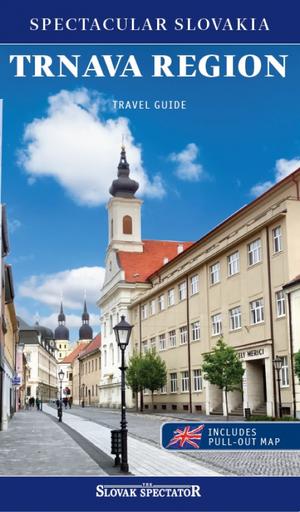 www.spectacularslovakia.sk (source: Spectacular Slovakia)
www.spectacularslovakia.sk (source: Spectacular Slovakia)
During my travels I have discussed the nation’s top tourist draws with hundreds of locals across the country. Never have I heard Skalica mentioned. When I drop the border town into conversation, far more often than not my interlocutor says dubiously: “Really? I’ve never been there.”
History
Although little known, Skalica is a beautiful town. And old. (The area has been inhabited since 4000 BC.) It became a key European town with the fall of the Great Moravian Empire when, after borders were redrawn, Skalica - or Zakolcha, as it was known then - found itself straddling the boundary between the Hungarian and Czech Kingdoms.
To strengthen the kingdom’s western border, Hungarian King Ľudovít I saw to it that Skalica was rapidly developed. He gave it the status of Free Royal Town in 1372, and thus Skalica grew into a major economic and cultural centre of the region. Crafts and trade flourished; several churches were built. Skalica grew into one of the richest towns in the kingdom.
Attractions
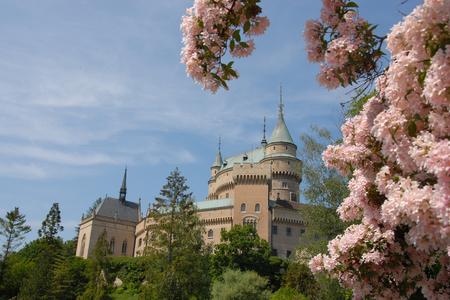
The Old Town is still laid out according to the original medieval urban plan, which included two kilometres of town fortification walls built in the 15th century. The walls were eight metres tall and nearly two metres thick. Several sections are still standing.
Of course, being a border town had its drawbacks and Skalica suffered its share of invasions and foreign diseases. But for all the turmoil, the town core has survived and today remains remarkably undiminished.
Skalica churches
The Jesuit Church and Monastery: built between 1693 and 1724. Two towers at each end of the front jut above the street to give Skalica one of its signature features. Jesuits first came to Skalica in 1660 and two years later opened a secondary school. In 1773, however, they had their order annulled and left, clearing the way for the Paulist order to move in. Today the church is owned by the town.
The Parish Church of St. Michael: on the main square, it was built from 1450 to 1470. The interior is Gothic, and the tower has a renaissance arcade. Next to the church is the Charnel House of St. Ann, built at the end of the 14th century.
The Church and Monastery of the Merciful Brethren: built in the 17th century as an Evangelical church, it was first inhabited by the Jesuits and later still by the Carmelites. The Merciful Brethren moved in around 1800 and stayed until 1950. During their 150 years in town, the Brethren became know for their self-sacrificial ways and humanitarian deeds. They cared for the sick, gave medicines to locals, provided shelter to the homeless, and offered spiritual guidance to anyone seeking it.
The Church and Monastery of the Franciscans: the Franciscans settled in Skalica in the early 15th century and began building the church in 1467. The Gothic nave was consecrated in 1484. The interior is decorated in the baroque style and dates back to the 18th century. A theological school established here in 1561 was home to the town’s largest library, which in 1950 had over 8,000 volumes.
The House for the Destitute: a Gothic building built in 1431 to house the needy. The adjoining Chapel of St Elizabeth is vaulted and designed in the late renaissance style.
The Little Church of St. Urban: built in the 18th century in the vineyard area just outside town, the miniature church is dedicated to St Urban, the patron saint of wine-makers.
Skalica’s most recognisable monument is the Rotunda Sv. Juraja (St. George’s Rotunda), found on a hill just north of the city centre. The structure is so old that historians do not actually know when it was first erected. What is known is that in 1372 it was rebuilt in the Gothic style, and that it was incorporated into the town fortification system the next century. Thus the upper half of the building was used for military purposes, while the lower section retained its function as a chapel. In the 17th century, the rotunda was recast in the baroque style it assumes today.
The rotunda hill offers the best view of Skalica. The city’s several churches are visible (please see sidebar), as are the red-tiled roofs of the Old Town buildings. Skalica has long been a wine-making town, and bottles of local wine feature this view on its label.
The Dom Kultúrny (Culture House), also known as Slovenský dom (Slovak House), is where the tourist information centre is located. The building is characterised by its decorative facade with several colourful frescoes. Next door is the Záhorské Museum, where visitors can view pottery, ceramics,
My experience
For me, Skalica will always be my city of Slovak firsts. Skalica is the first town outside Bratislava I visited. I took my first shot of home-made (domáca) Slovak alcohol here, saw my first hockey match (Skalica beat Trenčín 5-2), stayed in my first chata (cottage), visited my first disco club. Most important, Skalica is where I encountered my first serious dose of Slovak hospitality.
My friend Rado brought me here in October 1997. Once in town, we headed into the hills south of the city to meet his father at the family chata. Virtually every Slovak family owns a chata, I learned, where summer weekends are spent, where gardens producing carrots, potatoes and cabbage are tended to, where neighbours help construct the charming dwellings with no expectations of reward beyond a home-cooked meal at the end of the day.
When we arrived, Rado Sr. and his neighbour Peter were in the basement stirring a tub of fermenting wine grapes. Using a pipeta (siphoning glass), Rado’s dad drew samples from different jugs of wine in various stages of maturation. What followed was a jolly evening of sampling the delicious víno, eating home-made sausages and bread, and eventually retiring to a loft under the eaves where four comfortable beds awaited. It was a slice of life I had never before known. Come morning, I was unwilling to let it end so soon.
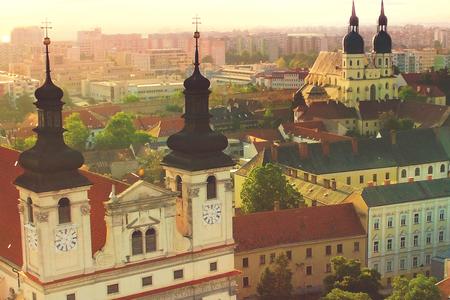
I asked to stay. Visibly pleased that I had so thoroughly enjoyed my visit, Rado and his dad agreed. Rado Sr. brought me to the wine cellar and showed me which vintages were drinkable, then instructed me to help myself to anything, including the vegetables growing outside in the garden.
One evening Rado Sr. returned and asked me to help Peter build a fence on his adjacent plot of land. It was cold out, so Peter’s wife stood nearby with a bottle of domáca borovička, a fiery moonshine made from juniper berries. While labouring, we downed five or six shots - ‘to keep warm’, I was made to understand.
Then came dinner. Peter and his wife had naturally prepared a feast for us in thanks for our help. While more shots were poured and bottles of beer opened, Peter’s wife produced a steaming tray of jaternica, a particularly fatty and oily home-made sausage encased in a thin intestinal lining. Another merry evening ensued.
Our Spectacular Slovakia travel guides are available in our online shop.
Every night Rado Sr. returned to introduce me to the neighbours. At each stop I was treated like a king, given plenty to eat and drink, and genuinely made to feel like a member of the family. Although we did not speak a common language, communication was never once a problem.
The feeling they gave me was that I could visit any time and be instantly welcomed back into the chata community as if I had never left. That is what I will always remember about Skalica.
Back in Skalica
Five years after I visited the town for the first time, I return again. I spend the day taking in the sites and researching the town’s history. Then in the early afternoon, while walking through a little park on the outskirts of town, I freeze with a sudden sense of recognition.
It’s been so long that I did not think I could find my way back to the chata. But everything rushes back: I follow a one-lane road out of town. The hills rise up to the south and a smattering of cottages become visible. At the third left heading up into a valley is a Virgin Mary statue. This is the way.
I wish I could say that Rado Sr. was sitting in the garden drinking a glass of wine with Peter, that they stared at me with a look of vague recognition, that I spoke to them - finally in Slovak! - and reminded them of my week in the hills way back when, that we drank wine and watched the sun go down. I wish I could say that happened, for this is precisely the image I so clearly played over and over again in my mind as I walked into the hills.
But nobody was there. So I snapped a photo and relived all the memories. And then I headed back to Skalica to catch the last train out of town.
Spectacular Slovakia travel guides
A helping hand in the heart of Europe thanks to the Slovakia travel guide with more than 1,000 photos and hundred of tourist spots.
Detailed travel guide to the Tatras introduces you to the whole region around the Tatra mountains, including attractions on the Polish side.
Lost in Bratislava? Impossible with our City Guide!
See some selected travel articles, podcasts, traveller's needs as well as other guides dedicated to Nitra, Trenčín Region, Trnava Region and Žilina Region.


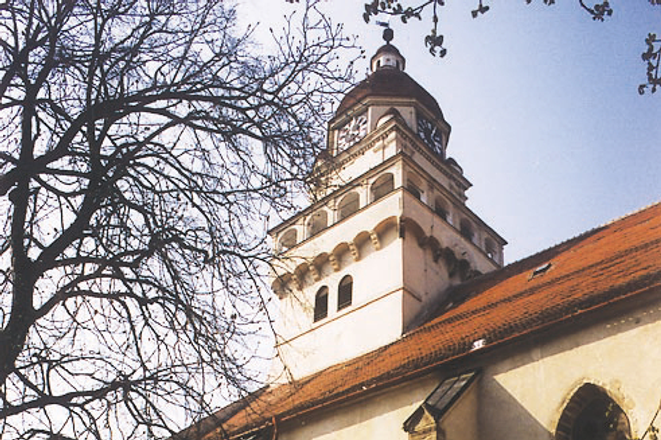 Skalica (source: Chris Togneri)
Skalica (source: Chris Togneri)
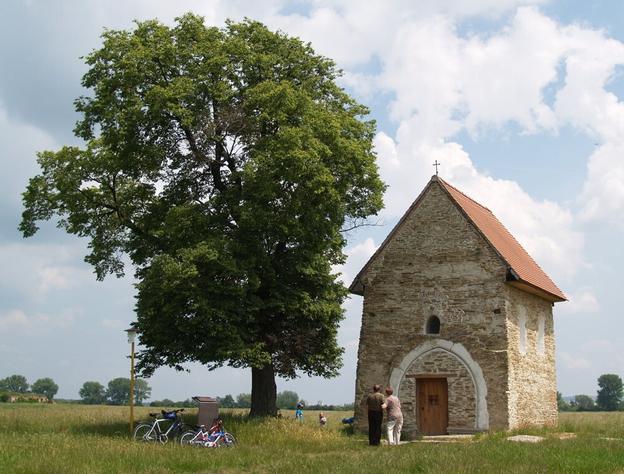 Church of St Margaret of Antioch in Kopčany (source: Vlado Miček)
Church of St Margaret of Antioch in Kopčany (source: Vlado Miček)